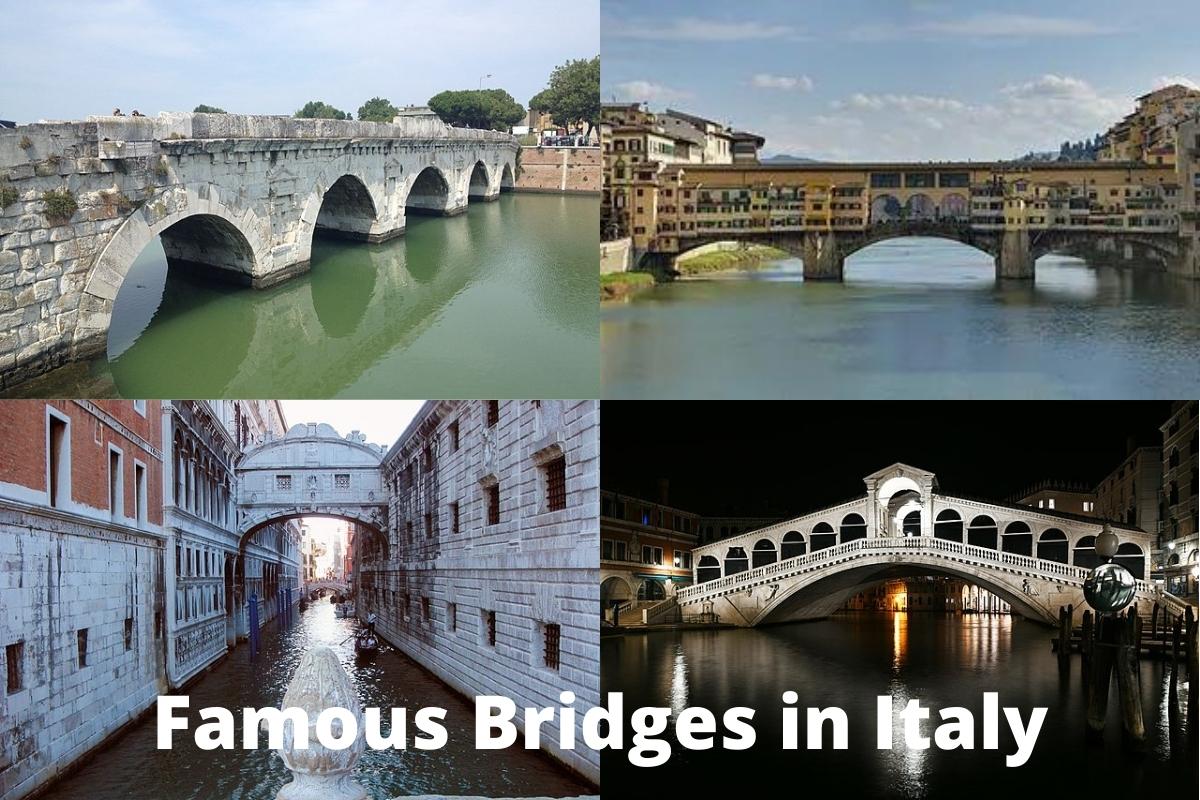Long before Italy came into its own, the region was best known as Rome. To be fair, the area from Portugal through Turkey was considered Rome in one way or another.
However, Italy was the birthplace of the Roman empire. That means there isn’t really any place in the country that isn’t teeming with historical roots.
Today, we’re going to take you on a virtual tour through some of the most famous bridges in Italy. Warning: you may feel compelled to book a trip by the end. You might also be highly tempted to move here, it’s that magical.
Famous Bridges in Italy
1. Ponte Vecchio
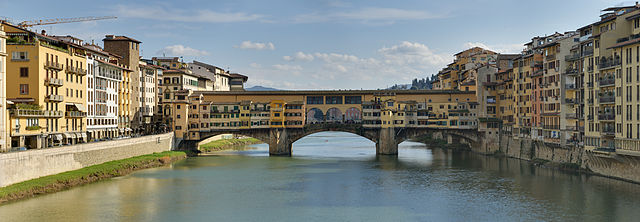
Built smack dab in the middle of the 14th century, Ponte Vecchio is the oldest bridge in Florence. That makes the name especially fitting, since it means Old Bridge in Italian.
It was the first bridge to cross over the Arno River. The objective wasn’t to help locals get to the other side. It was actually put there to help defend the city.
Also Read: Famous Bridges in Florence
Actually, there was a bridge put together in the same spot in 1218 but, due to flood waters, it collapsed. The ruins stayed that way for years until the city saw fit to start reconstruction.
In total, Ponte Veccio stretches 98 feet and is 105 feet wide. Nowadays, there are no cars allowed. This bridge is a bustling place that acts as a market. It is revered for its place in history and is considered part of the national artistic heritage.
2. Rialto Bridge
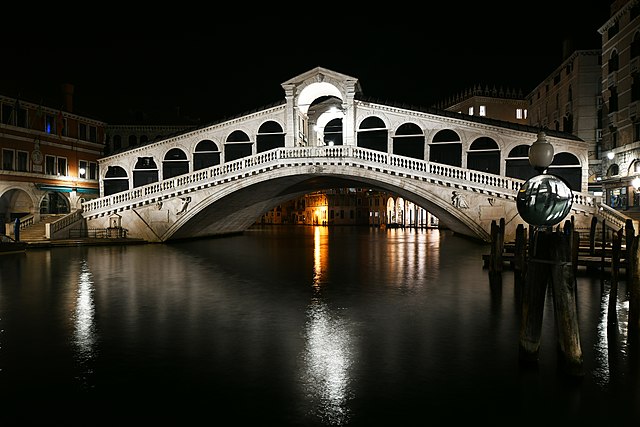
The eldest of four bridges along the Grand Canal in Venice, Rialto Bridge stands out as a wonder in design. Constructed in the late 12th century, this bridge has much in common with the famed nursery rhyme character, Humpty Dumpty, except it was put back together again.
Several times, in fact, with the last time being in 1531. Michelangelo was part of that rebuild and now it’s carved in stone.
Also Read: Bridges in Venice
For a long time, this bridge was the financial center of the city. It makes sense that Rialto Bridge is such a busy area, there has been a market next door since 1097.
Today, tourists and locals alike enjoy the lit-up bridge at night as they ride a gondola underneath or walk across all 104 feet of it.
3. Ponte Sant’Angelo
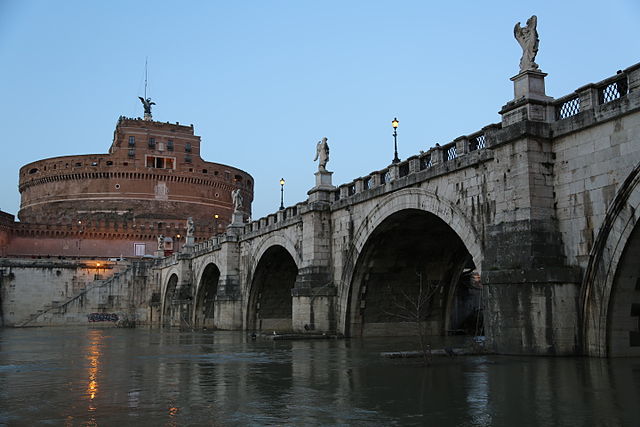
Speaking of history, this bridge has seen it all. In 134, Ponte Sant’Angelo was built in Rome as the vision of Roman Emperor Hadrian brought to life.
It was sort of a grand entrance to his mausoleum, Castel Sant’Angelo. Knowing that, it might make sense that there are angel statues lining both sides.
However, those weren’t put there until 1535 because Pope Clement VII requested them. Ironically, this is also where executed bodies were put on display. That, along with the rest of its timeline, probably makes Ponte Sant’Angelo a good candidate for a ghost walk.
As you can imagine, almost 2,000 years of watching the world go would surely give this bridge many stories to tell.
Between the changes it went through and phases of the city, there are a lot of secrets in the travertine marble walls. These days, all 443 feet of this bridge are used as a pedestrian walkway.
4. Bridge of Sighs
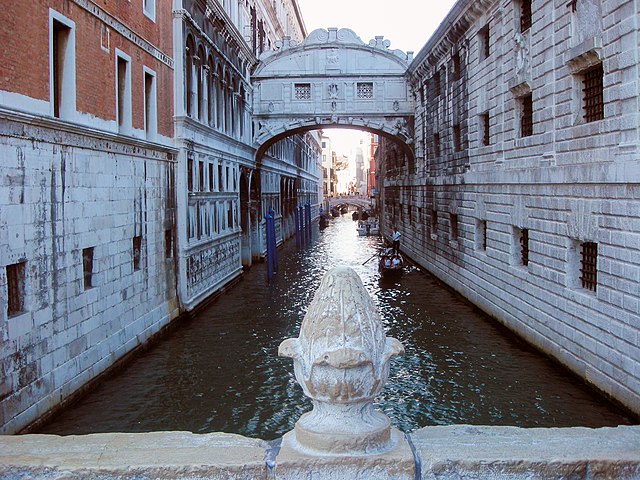
This short, limestone bridge hovering high above the water in Venice is only 36 feet long. Antonio Contino put together the concept. Clearly, an eye for design ran in the family since it was his uncle who came up with the Rialto Bridge.
Creating a covered tunnel for anyone who has walked through it since 1600, the Bridge of Sighs was a special place for prisoners. Walking through it meant that was the last time they’d see their beloved city. That’s where the sighs come from.
An American architect was inspired by the design and function 300 years later. He put together a similar bridge passing from the courthouse to the jail, keeping the name. Back in Venice, you don’t have to be a prisoner to walk on the bridge now.
5. Ponte della Maddalena
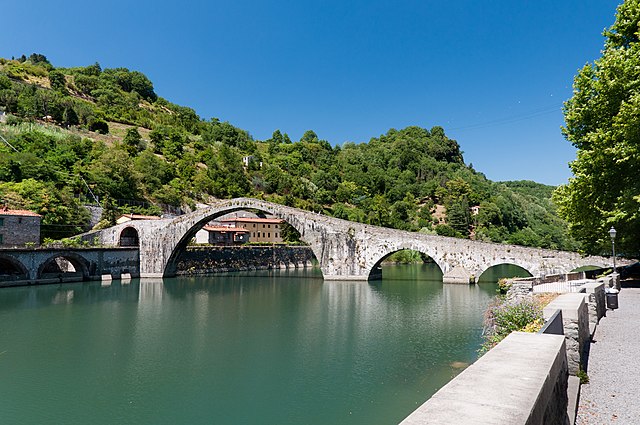
In the Italian province of Lucca, in the city of Borgo a Mozzano, lies a bridge that connects one side of the Serchio River with the other. Plans for the bridge were put together at some point around 1100.
It is believed that Countess Matilda of Tuscany was the one who asked for it. Like other bridges with some age, it has needed a few facelifts. The last big repair job was in 1836 after flooding caused severe damage.
Also Read: Buildings in Italy
The name actually didn’t come around until 1500, which was inspired by the Mary Magdalene statue at the bridge’s east end. That makes the nickname, Devil’s Bridge, kind of awkward.
Ponte Della Maddalena is called that because of an old folk tale in regards to the bridge’s origins. It was believed that the devil built the bridge in exchange for the soul of a woman who needed a path to get to her lost cow.
6. Ponte di Tiberio
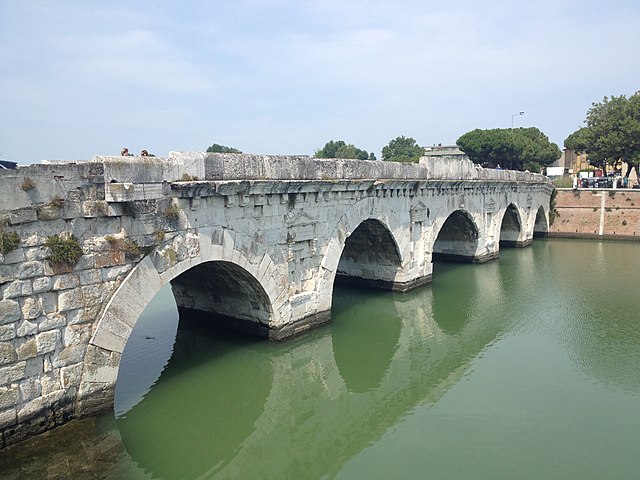
Construction on this bridge in Rimini started under the first emperor of Rome, Augustus. Built out of Istrian stone and featuring semicircular arches, it wasn’t finished until years after Augustus passed away.
The project was picked back up by his successor, Tiberius. There is still a plaque that reads, “Given by both emperors.”
Since the year 20, the Bridge of Tiberius has lived through quite a lot, including the WWII Battle of Rimini. During the destruction of the city, every other bridge was burned by the Germans except this one. If that doesn’t make it special, nothing would.
After living through two millennia, Ponte di Tiberio is enjoying retirement as a bridge for pedestrians and cars. No big trucks, the bones that hold up these 205 feet need to be respected.
7. Castelvecchio Bridge
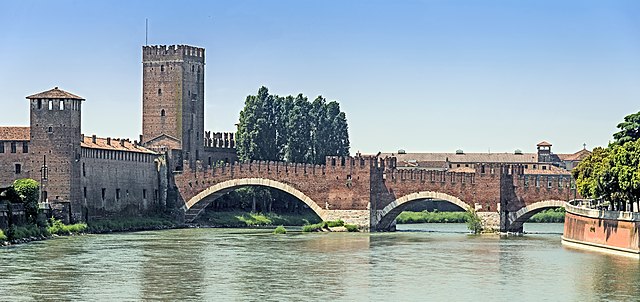
In the words of William Shakespeare, “In fair Verona,” doth stand Ponte Scaligero, also known as Castelvecchio Bridge.
The name is rather poignant since the whole bridge looks like it was built from the remnants of a castle. Not only does it conjure images of medieval times, but this bridge was also put into the record books.
When it was erected in 1356, it was designed to include the longest span of arches the world had ever seen.
Also Read: Landmarks in Italy
Perhaps that was a distraction technique, since the real reason it was built was to give Cangrande II della Scala a way out if the town tried to overthrow him. Had they done so, the people would have been within their rights because he was not a good guy.
Unfortunately, due to the Germans wreaking havoc in the area during WWII, the bridge was destroyed. The rebuild happened in 1951.
8. Ponte degli Scalzi
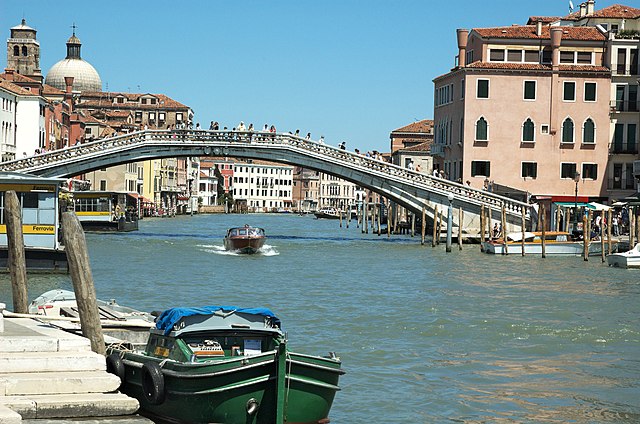
Translated from Italian, this is the Bridge of the Barefoot Monks. The unusual and humorous name isn’t as out there as it may sound. The bridge is near the Chiesa degli Scalzi, Church of the barefoot or Discalaced Monks.
On the younger side, this Venician bridge was built in 1934 and built of stone. The arch is memorable because it’s so high up, which makes rides through it on a boat easier.
In total, the bridge is 131 feet long and is used for pedestrians. If you block out everyone around you and just look forward at the sometimes colorful buildings that line the canal, you can almost travel back in time.
Thinking about how long this city has been here is enough to give anyone chills and gratitude for the bridge.
9. Ponte della Costituzione
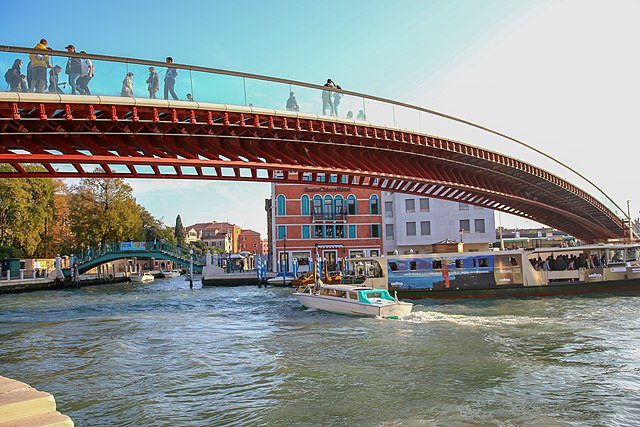
Another bridge over the famous Grand Canal in Venice, and the most recent, is Ponte della Constituzione.
Built in 2008, there are 308 feet of walking space, which you’ll need. The materials used to make this bridge are steel and glass. That gives it the most unique look of all the other options across Venice.
Not only can you sort of look through to the water below, but it’s quite a modern take, considering the age of the city.
The name, Bridge of the Constitution, was inspired by the law of Italy, approved just after WWII.
10. Ponte dell’Accademia
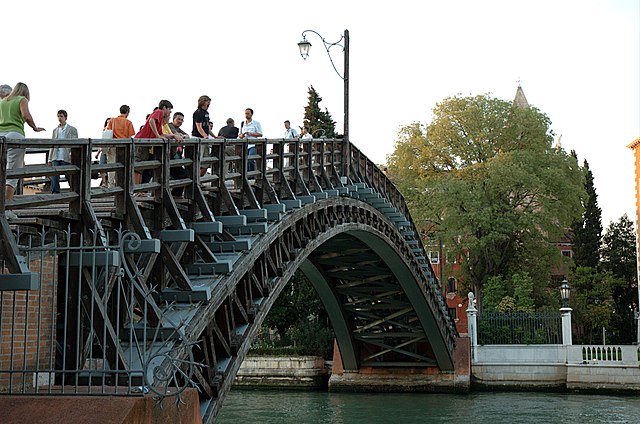
Out of all the four bridges to cover the canal in Venice, at least one had to have love locks, right? It just so happened to be this one. Doing so may be a thing of the past, but the romance of it all is still alive.
Despite having only been around since the mid-80s, there were discussions to put a bridge here 500 years prior.
Local Luca Trum shared his idea with the council back in the day. He actually wanted two bridges. They laughed at him and everyone continued to use Rialto Bridge.
Before the current installment, there were a few others in its place since the mid-1850s. One was made of steel and another of wood.

